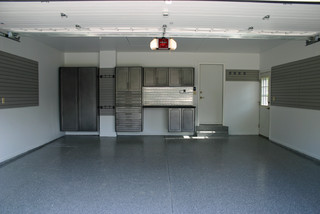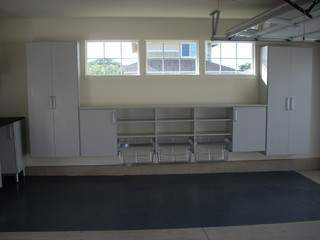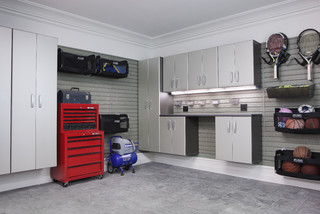
For instance, keep your work area neat. Don’t allow power cords to tangle and pick up and properly store power tools, sharp tools, or dangerous materials that might cause injury. And keep tools and supplies away from the reach of small children.
 Dress appropriately for these
do-it-yourself projects. For instance, wear sturdy clothing, work boots,
and gloves to help protect you as you work. Be sure to wear safety
glasses whenever you use power tools, hammers, or other striking or
cutting tools. If you’re sanding wood or wallboard joint compound, wear a
dust mask to avoid breathing the dust and fibers. If you’re working
with hazardous chemicals and materials, a certified respirator is a
must.
Dress appropriately for these
do-it-yourself projects. For instance, wear sturdy clothing, work boots,
and gloves to help protect you as you work. Be sure to wear safety
glasses whenever you use power tools, hammers, or other striking or
cutting tools. If you’re sanding wood or wallboard joint compound, wear a
dust mask to avoid breathing the dust and fibers. If you’re working
with hazardous chemicals and materials, a certified respirator is a
must.Before using any power tool, be sure to read and follow all precautions given in the manual. Always unplug the tool before servicing it, making adjustments, and when you’re finished using it. It’s also safety wise to keep all drill bits, blades, and cutters sharp since dull tools require extra force and makes them more dangerous to use.
Whenever you’re using a ladder, be sure to position it on a flat, firm surface. As you climb or reach, keep your weight centered and avoid standing on the top two runs.
Last but not least, keep a good first-aid kit on hand.

Good luck to all starting new home projects in the New Year!
To order your copy of Remodeling Hell, CLICK HERE
For more information about Remodeling Hell, CLICK HERE
To order a copy of my new book Murder on Kilimanjaro, CLICK HERE
For more information about the Summit Murder Mystery series, CLICK HERE
Follow me on TWITTER
Friend me on FACEBOOK
Connect with me on LINKEDIN
Article source: newsdemocratleader.com











